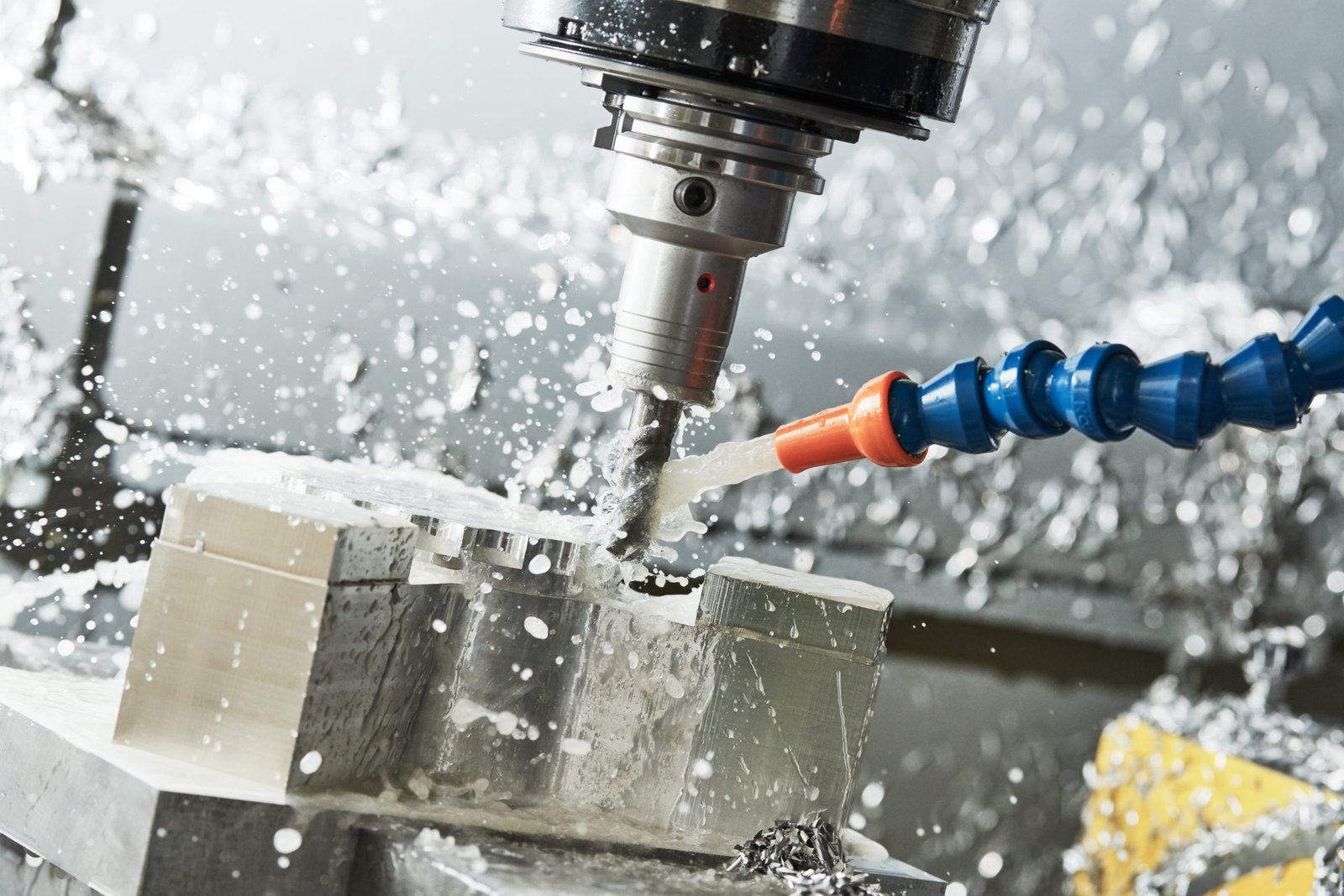Understanding how to calculate RPM for milling cutters is crucial in machining. It ensures precision, prolongs tool life, matches the speed to the material being cut, promotes safety, and enhances efficiency and productivity. By mastering RPM calculation, machinists can achieve consistent quality, reduce costs, and optimize their machining processes for maximum effectiveness. Now, let’s explore how to calculate RPM for Milling Cutters with MaTec Vietnam.
What is RPM
RPM, or Revolutions Per Minute, is a unit of measurement used to quantify the rotational speed of an object around its axis within a specific timeframe, usually one minute. It provides crucial information about how fast an object, such as a milling cutter, is rotating during a machining operation.
In the context of milling cutters, RPM indicates how many complete revolutions the cutter makes in one minute while cutting into a workpiece. This metric directly influences the cutting speed and efficiency of the milling process.
Calculating the appropriate RPM for milling cutters involves considering various factors such as the cutter’s diameter, the type of material being machined, the desired cutting speed, and the characteristics of the milling machine itself. Adjusting the RPM allows machinists to tailor the cutting process to achieve optimal results for a particular machining task.
For instance, higher RPM values result in faster cutting speeds, which can be advantageous for materials that allow for high-speed machining, such as aluminum. On the other hand, machining harder materials like steel might require lower RPM to prevent excessive heat buildup and tool wear.

How to Calculate RPM for Milling Cutters
In milling operations, determining the appropriate RPM (Revolutions Per Minute) for the milling cutter is essential for achieving optimal cutting speed and extending the cutter’s lifespan. The RPM is calculated based on the cutter’s diameter and the cutting speed of the material being processed.
The following formula may be used to determine RPM:
RPM = (Cutting Speed * 4) / Diameter of the Cutter
For example, if the cutting speed for mild steel is 100 feet per minute and the cutter’s diameter is 0.4 inches, the RPM would be:
RPM = (100 * 4) / 0.4 = 1000
It’s important to note that these calculations serve as guidelines and may require adjustments depending on specific machine settings, material properties, and cutting conditions. A higher RPM isn’t always advantageous, as it can lead to overheating and premature wear of the cutter. Conversely, a lower RPM may result in ineffective cutting and a subpar surface finish.
Example of RPM Calculation:
| Cutter Diameter | Cutting Speed (Feet per Minute) | RPM |
| 0.4 inches | 100 | 1000 |
Understanding and accurately applying the RPM calculation is crucial for maximizing productivity and preserving the milling cutter’s longevity. This careful balance between speed, efficiency, and durability forms an integral aspect of successful milling operations.

Do Milling Cutters Influence End-Part Tolerances?
Absolutely, milling cutters play a pivotal role in attaining the desired tolerances for machined parts. Tolerance in machining refers to the acceptable range of variation in the physical dimensions of a finished product. The selection of milling cutter type, size, material, and cutting conditions collectively impact the precision of the machining process and the final part outcome.
Each milling cutter is engineered for specific milling operations, and its choice significantly impacts the accuracy and surface finish of the machined part. A well-suited milling cutter, appropriately utilized, can facilitate achieving tight tolerances in the milled part and minimizing deviations from specified dimensions.
Here’s a breakdown of typical dimensional tolerances (in millimeters) associated with various types of milling cutters:
| Types of Milling Cutters | Typical Dimensional Tolerances(in mm) |
| End Mills | ± 0.01 – ± 0.05 |
| Face Mills | ± 0.02 – ± 0.05 |
| Slab Mills | ± 0.02 – ± 0.07 |
| Fly Cutters | ± 0.01 – ± 0.05 |
| Form Milling Cutters | ± 0.01 – ± 0.04 |
| Hollow Mills | ± 0.02 – ± 0.06 |
(Note: Values are approximations. Actual achievable tolerances may vary depending on factors like cutter quality, machine stability, workpiece material properties, and cutting conditions.)
Milling cutter geometry, material composition, and any applied coatings also wield significant influence. For instance, cutters with sharp edges and premium coatings can mitigate cutting forces, reducing the risk of part distortion and enhancing dimensional precision.

MaTec Vietnam – The Best choice for CNC Milling Service
For those seeking top-tier CNC milling services in Vietnam or globally, MaTec Vietnam stands as your ideal partner. With a reputation for excellence and precision, we specialize in delivering high-quality CNC milling solutions to meet your exacting specifications.
At MaTec Vietnam, we boast state-of-the-art facilities equipped with the latest CNC milling technology and a team of skilled engineers and technicians dedicated to providing unparalleled craftsmanship. Whether you require complex components with intricate geometries or large-scale production runs, our expertise and capabilities ensure precise and efficient machining results every time.
Our dedication to quality, dependability, and client happiness is what makes us unique. We understand the importance of meeting stringent tolerances and deadlines, and we strive to exceed your expectations with our attention to detail and meticulous approach to every project.
Partnering with MaTec Vietnam means gaining access to a trusted ally in the CNC milling industry, capable of delivering superior results that meet your needs and exceed your standards. Contact us today to discover how we can elevate your CNC milling experience to new heights.
>>> Read more: What is CNC Milling? How does CNC Milling Work?
Conclusion
Above, MaTec Vietnam has helped you understand How to Calculate RPM for Milling Cutters. We are always ready to provide knowledge in the field of CNC Machining. So do not hesitate to contact us today to receive necessary advice on this machining field.
